Global Christmas Customs: Explore 10 Diverse Festive Traditions
Hey readers, Merry Christmas! Welcome back to my blog. So what's special about today? Got presents from Santa? Let me know in the comments :D I know it's been a long time since I have been here, but I found something really interesting to share with you all this Christmas Eve.
We all know that on the day of Christmas we celebrate the birth anniversary of Jesus Christ and also wait for Santa to bring our presents. Other than this, we also enjoy the day with cakes, donuts, Christmas trees, lights, carols, and much more. So much fun! But do you know that many countries do something unique on this special day? Time to find out! Today we will explore 10 countries around the world and get to know what's new in their Christmas celebrations. So let's dive in.
First, we will look into the countries of America, starting with Mexico. Do you remember one of the blogs I have written about piñatas? (If not, check it ASAP.) Yes, you got it right—Mexicans celebrate Christmas by breaking piñatas and enjoying the hidden surprises they hold. Besides the piñata fiesta, Mexicans have a nine-night enactment based on Joseph and Mary's search for shelter. Altogether, it makes the Christmas celebration really unique.
Moving on, we have Brazil. This country predominantly follows Catholic traditions and faith. Their Christmas starts with the Missa de Galo, which is also known as Rooster’s Mass. It is basically a midnight mass held on Christmas Eve. The event symbolizes the arrival of Christmas and the birth of Lord Jesus. Another important event of the Christmas celebration is the presépio, which pictures the nativity of Jesus. This event is performed not only in public places but is also arranged in homes, showcasing Brazilian craftsmanship and devotion.
Now up next, we have some European countries. In Italy, we get to see similar events like the presépio, but there is more. On Christmas Eve, they celebrate with a feast called La Vigilia. It consists of seven dishes of fish, including fried calamari, shrimp, and baccalà (salted cod), reflecting a Catholic tradition of abstaining from meat before Christmas Day. Italians also arrange a midnight mass on the 25th. Besides this, they have a special celebration on January 6th, known as La Befana (the gift giver), a kind witch children eagerly wait for. She brings sweets and small gifts to well-behaved children, while naughty kids might receive coal. This tradition represents the arrival of the Magi with gifts for baby Jesus.
The French celebrate Christmas with huge feasts that include oysters, foie gras, and the Bûche de Noël cake. Midnight mass is also a great part of their celebrations. French villages and cities set up shops decorated with artisanal products, mouthwatering gingerbread, and mulled wine in the market. Provence uses santons, which are clay little saints, to create scenes of the Holy Family and local life. In France, Santa is known as Père Noël, and one unique thing children do is leave their shoes by the fireplace and wait for Père Noël to fill them with gifts.
In Iceland, the whole Christmas season is marked by amazing folklore. The most unique event Iceland has is Yule Lads. This is a group of 13 mischievous figures that visit children throughout the 13 days until Christmas. In shoes set on windowsills, each Yule Lad leaves a small present or treat—unless the youngster has misbehaved, in which case they might get a raw potato! According to the rich mythology of Iceland, the Yule Lads reside in the mountains with their monster mother, Grýla, and a huge black cat called the Yule Cat, which is rumored to devour anyone who doesn't have new garments before Christmas. Sounds interesting, doesn't it? And talking about the feast, leaf bread is a popular dish served in Iceland during Christmas.
Unlike other countries I have discussed here, the celebration in Greece holds a special place. The Christmas celebration touches on both religious and unique cultural practices. Karavaki, a traditional form of decoration alongside Christmas trees, showcases a wooden boat adorned with lights, depicting the maritime history and coastal heritage of the country. Another important part of the celebration is Kalanda or caroling.
Children sing these traditional melodies, frequently accompanied by triangles or drums, as they visit homes on Christmas Eve in exchange for candy or cash. Families get together for a sumptuous meal that includes seasonal specialties like kourabiedes (buttery almond biscuits) and melomakarona (honey-soaked cookies with almonds), as well as dishes like roasted pork or lamb. The blessing of the waters on Epiphany (January 6th), which represents purification and rebirth, is another noteworthy Greek tradition. For blessings, basil, a plant that is revered, is frequently hung over doors. Greece's Christmas season emphasizes the nation's rich heritage, friendship, and kindness.
Now, comes Russia. Because of the Julian calendar, Christmas is observed in this country on January 7th, in accordance with the Orthodox calendar. Families attend the All-Night Vigil on Christmas Eve, which marks the end of the holiday, which starts with a fast. Large religious services featuring intricate melodies and imagery are held in churches. The Christmas feast, which includes delicacies like kutya, a sweet grain pudding that represents hope and longevity, is a fundamental Russian custom. Roast duck or goose stuffed with apples and prunes is another traditional dish. During festive parties, children get gifts from Ded Moroz (Grandfather Frost) and Snegurochka (his granddaughter, the Snow Maiden). Folklore is preserved in rural regions through Mummers' performances and Christmas caroling.
We are now delving into Asian countries. The Philippines has the longest Christmas season in the world, with festivities beginning in September and lasting until January. Their way of celebrating Christmas seems really dreamy. The Giant Lantern Festival in San Fernando, which features huge, elaborately crafted lanterns illuminated with vivid colors and lights to represent hope and unity, is a noteworthy tradition.
Simbang Gabi, a joyful and devoted celebration of nine dawn masses that culminate on Christmas Eve, is another highlight. Following Mass, families gather for Noche Buena, a joyous feast that includes local specialties like puto bumbong (rice cakes) and bibingka, as well as typical fare like ham, lechon (roasted pig), and queso de bola (cheese). To create a joyful Christmas atmosphere, towns hold lively music and dances throughout the season, and homes are decked out with parols, star-shaped lanterns that represent the Star of Bethlehem.
New Zealand, famous for its tattoos, also has a very distinct style of celebrating Jesus's birthday. Reflecting the climate of the Southern Hemisphere, Christmas is celebrated in New Zealand during summer. In the warm weather, families love to have picnics, go to the beach, and hold outdoor barbecues. With its eye-catching red flowers, the Pohutukawa tree is referred to as New Zealand's Christmas tree and is frequently used in holiday décor. Roasted lamb, fresh shellfish, and pavlova—a meringue-based dessert garnished with berries and kiwis—are common traditional dishes. Distinctively Kiwi parades and celebrations often combine European and indigenous Maori customs.
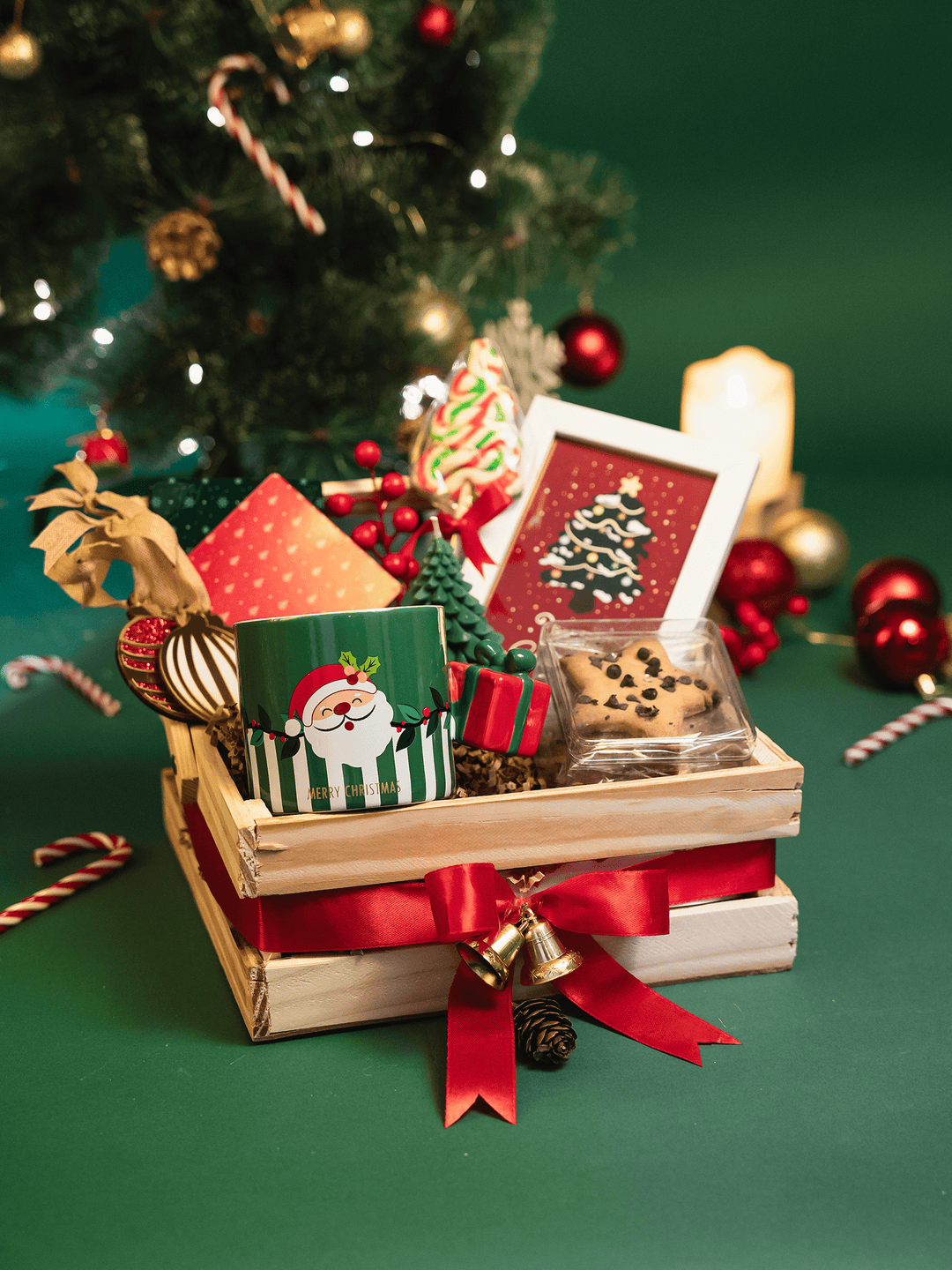
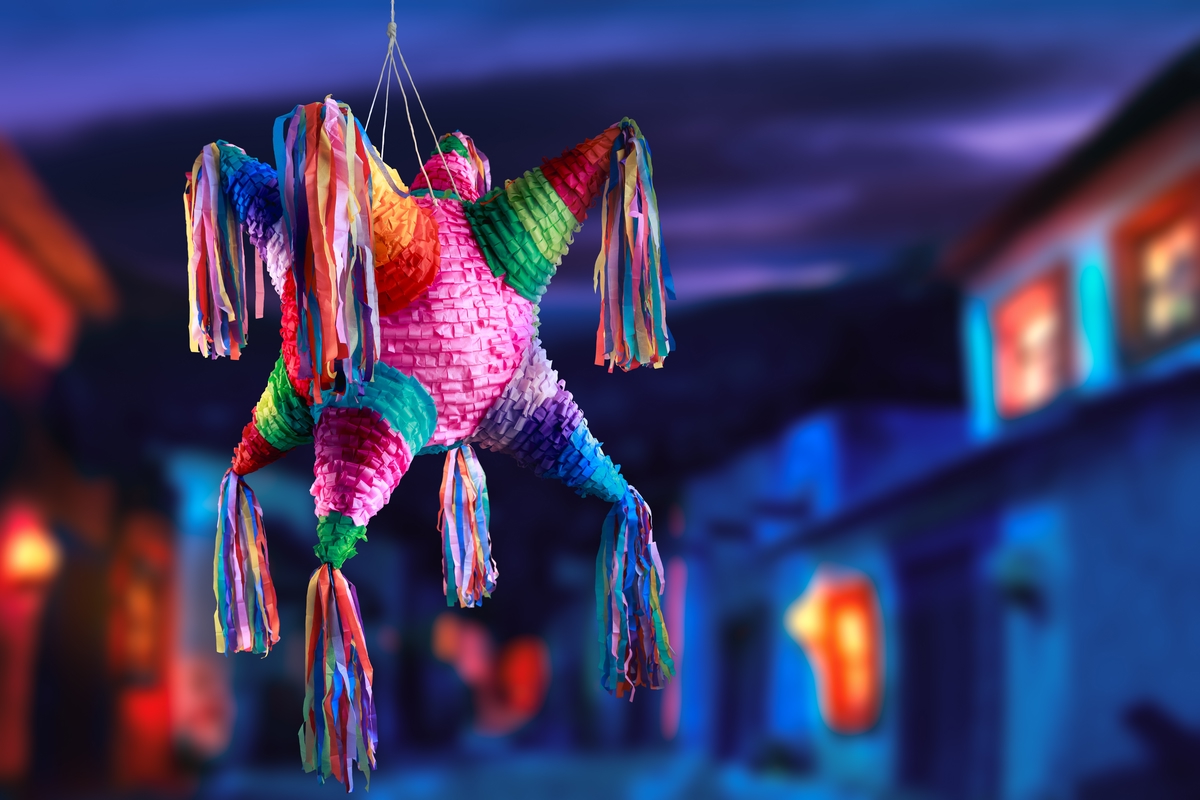
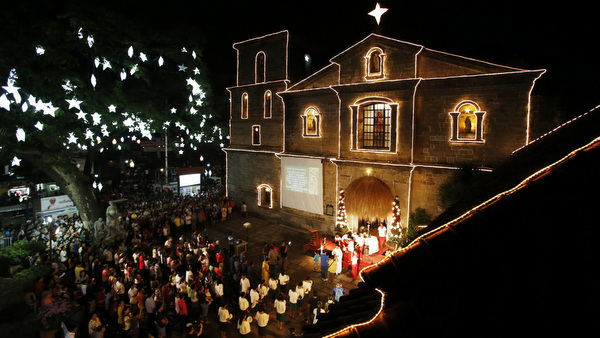
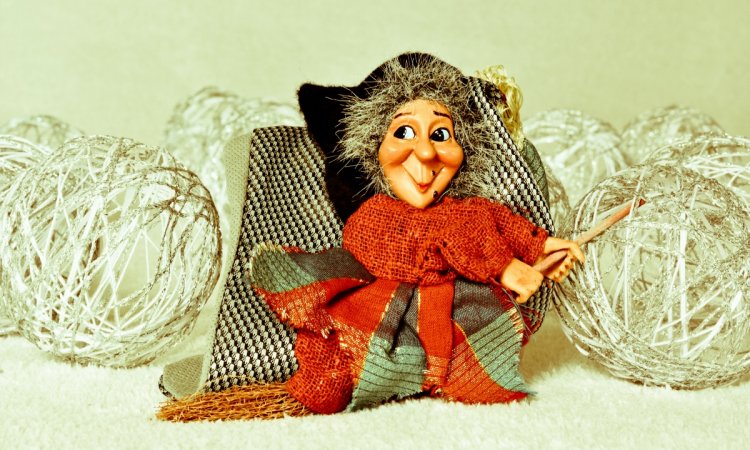
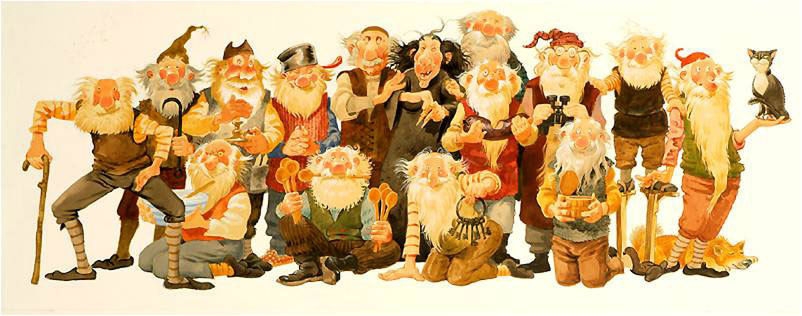

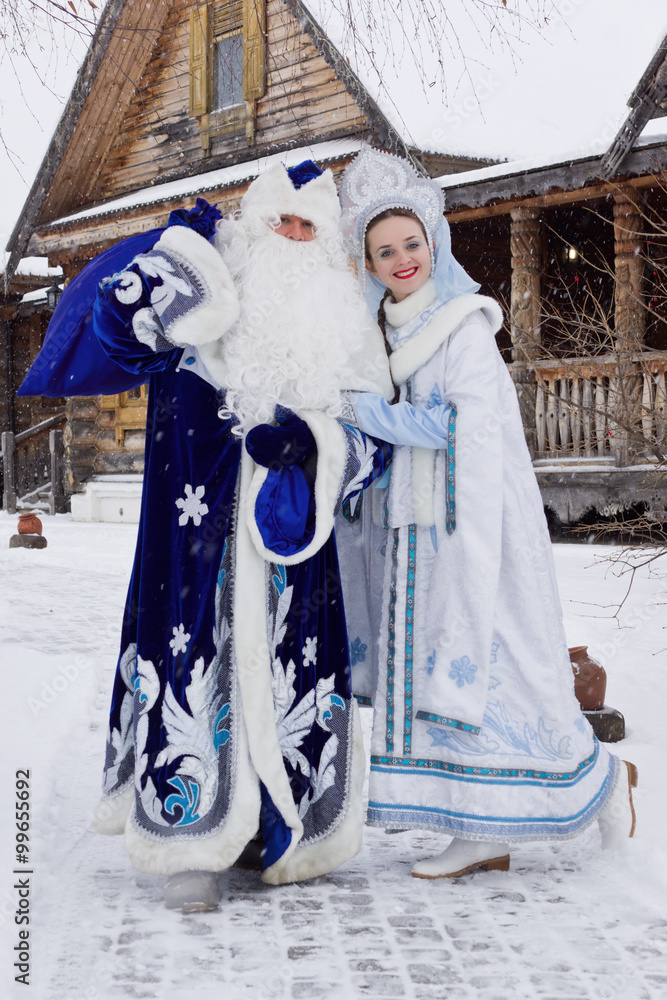

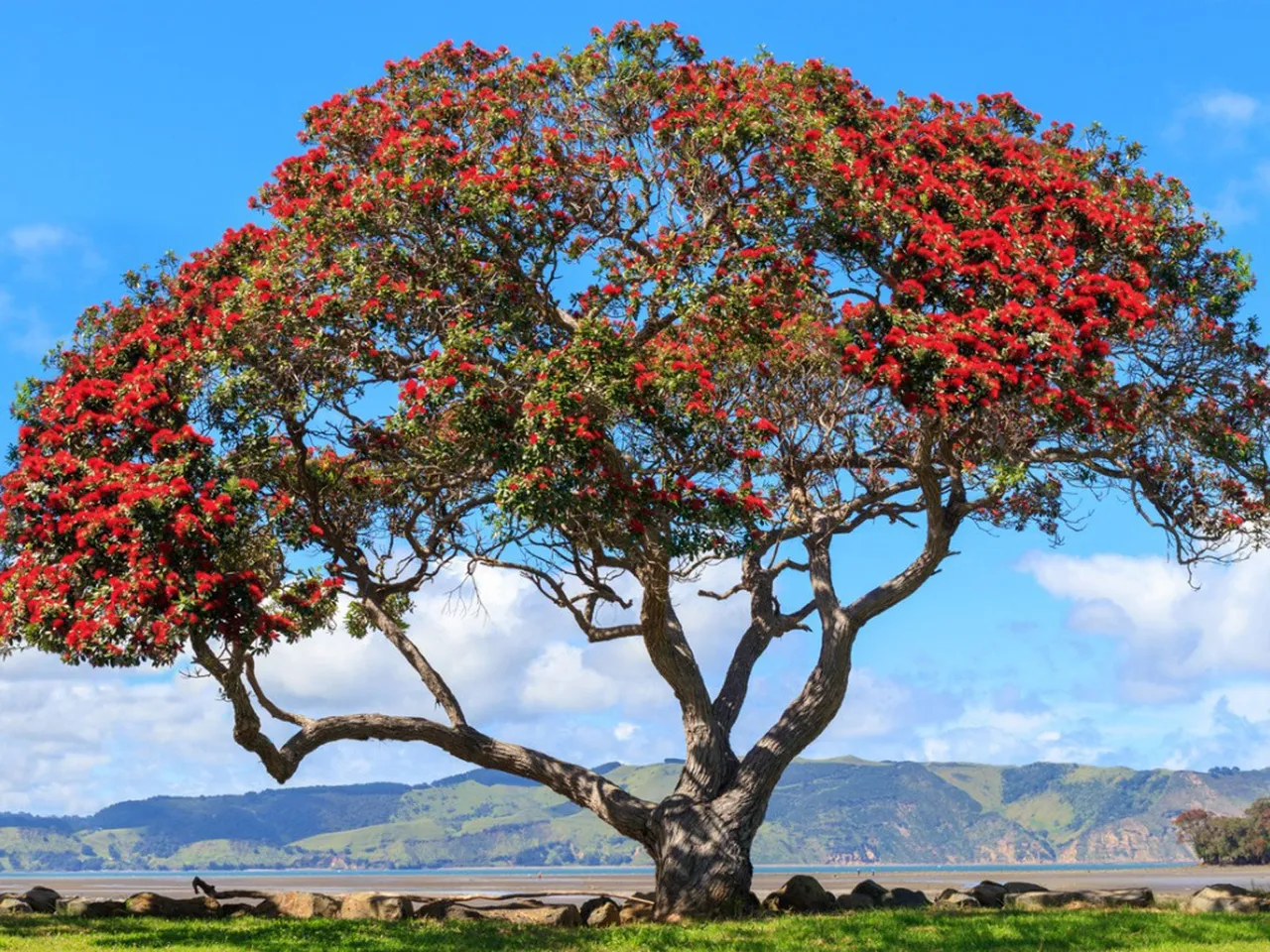
Very informative
ReplyDelete